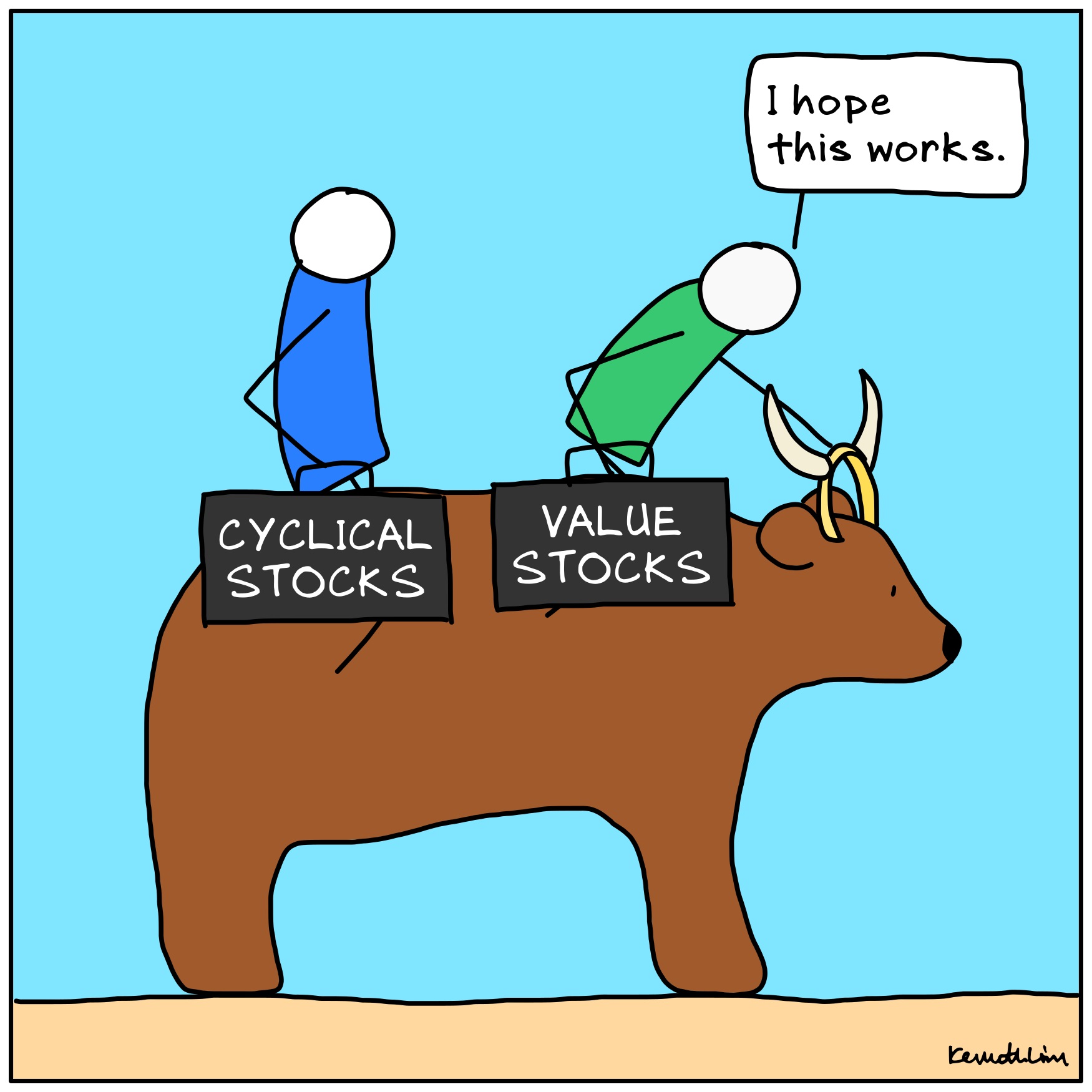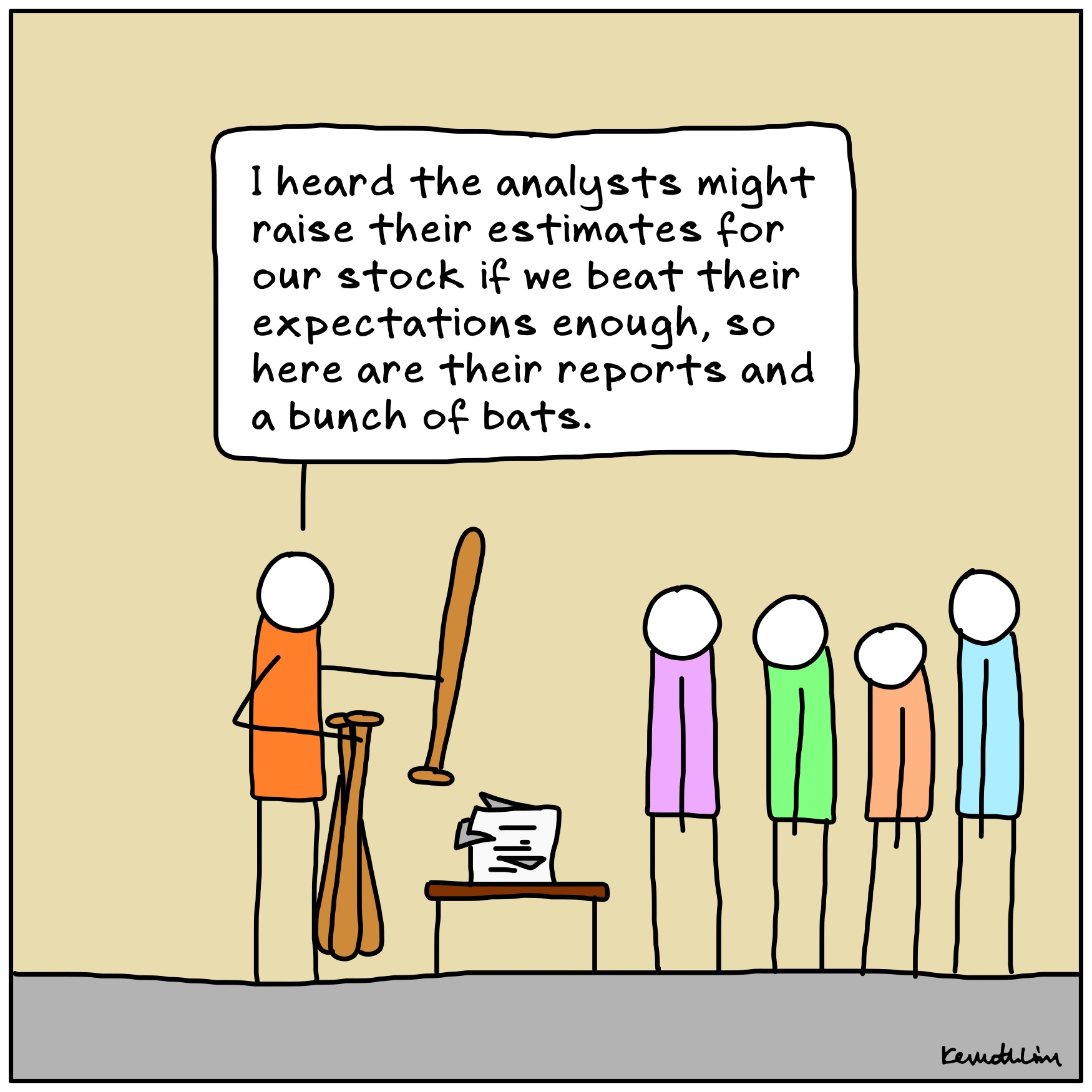The global markets one year on in pandemic: Is the best yet to be?
The global markets one year on in pandemic: Is the best yet to be?
A school in Singapore recently celebrated its 135th anniversary and “TBIYTB” was thrown around social media in celebratory posts by both alumni and present cohorts of students.
The abbreviation stands for the school's motto, The Best Is Yet To Be. In many ways, it also describes the market’s remarkable turnaround 12 months after suffering the brunt of the Covid-19 pandemic this time last year. The question now is: Is the next 12 months the best that’s yet to be for the market?
Plunged into bleakness
When the pandemic escalated in March last year, global equities took a huge hit as all major equity indices plunged.
The MSCI World Index fell 32 per cent to new lows in March 2020 as investors exited the market in rapid succession fearing the global spread of the pandemic. According to the MSCI World Value Index, value stocks took a major hit, declining 38 per cent, while growth stocks fell a smaller 26 per cent, as measured by the MSCI World Growth Index.
Many key sectors were severely impacted by lockdowns across the globe, and this included airlines, aerospace, tourism, retail, luxury items, hotels, and extending to banks and financial institutions.
Smaller-cap stocks were more vulnerable and fell a sharp 40 per cent (as measured by the MSCI World Small Cap Index), and larger-cap stocks fared better with a decline of 31 per cent.
Major deceleration averted
In a rare and concerted effort, governments and central banks around the world provided unprecedented liquidity into the market and equities rallied strongly from the March 2020 lows as optimism returned despite rising Covid-19 cases globally.
By the end of March 2020, the MSCI World Index was up 16 per cent from the low on March 23. By the end of the following month, the index had recovered 28 per cent. The remarkable turnaround picked up pace over the next few months and the index ended the year with a stellar gain of 14 per cent - a marked contrast from the bleak days earlier in March.
Growth outpaced value stocks
Gains were largely powered by growth stocks, with the Growth Index up 33 per cent for the year.
Extraordinary gains were seen for both small and large cap growth stocks. However, gains were not across the board and the recovery was patchy and the impact uneven across sectors and markets.
Value and cyclical stocks were largely overlooked as persistent concerns remained over the pace of earnings recovery for these sectors and companies.

One year on
With several vaccines in the market and with more countries committed to rolling them out in 2021, the outlook is promising.
Global economic recovery is on track and global GDP is projected to turn around from -3.5 per cent in 2020 to 5.4 per cent in 2021 and 4.2 per cent in 2022, based on consensus estimate from Bloomberg. The Asia ex-Japan region is projected to grow from 0.3 per cent in 2020 to 5.1 per cent in 2021 and 5.0 per cent in 2022.
For China, which is the first country to be hit by the pandemic, growth is projected to accelerate from 2.3 per cent in 2020 to 8.4 per cent in 2021.
The world is healing
A year ago, there were a total of 88,369 confirmed coronavirus cases on March 1, 2020. A year later, on March 1, 2021, 114.4 million cases were recorded globally and the number of confirmed deaths stood at 2.54 million.
The United States reported a total of 28.7 million cases, accounting for about 25 per cent of the total number of cases. This is followed by India with 11.1 million cases (9.7 per cent) and Brazil with 10.6 million cases (9.2 per cent). The pace of new daily cases, which peaked in Feb and March 2020 at a double-digit rate, has since tapered off to around 0.3 per cent on a daily basis.
With vaccines being rolled out, we are optimistic that economic activities will gradually return to pre-COVID-19 levels.
This will allow value and cyclical stocks to be well-positioned to see a recovery in earnings as well as renewed interest from investors looking for value opportunities in a persistently low interest rate environment. Several sectors have largely underperformed in the last 12 months and this includes aerospace and airlines, banks and financial institutions, energy, transportation, and real estate.
The next lap
We are largely positive on the global economic recovery.
However, as equities have performed well in 2020 in contrast to the economic downturn, optimism for recovery has also been priced into most major equity indices.
The recovery and re-opening themes have also led to concentrated focus on the digital, e-commerce and technology sectors – which were some of the key beneficiaries.

Recent earnings report cards have shown that companies have delivered better earnings. Based on the S&P 500 of the companies that have reported earnings for 4Q 2020, 80% beat analyst EPS estimates. This is a positive indicator and could mean that earnings revisions are likely.

Based on the S&P 500, one of the oldest indices with data dating back to 1928, the compounded average growth rate in the last 93 years was a decent 6.0%.
History has also shown that over a longer period, equity is one of the better asset classes.
Going forward, we believe that a careful and balanced portfolio of value and growth stocks should be the way to ride out both the challenges and opportunities of the next 12 months.
This article was published in The Straits Times on March 9, 2021.
